Search dogs who are "air scenting" usually are not required to be scent discriminating. Their area of expertise is to locate the freshest human scent, living or dead, which lies within the search area. On the other hand, a Scent Discrimination Dog is usually most often a dog that must be trained to locate a particular subject and usually is trained to follow a trail. The Scent Discrimination Dog is brought out at the beginning of a search for a lost or missing subject in order to try to pinpoint a P.L.S. (place last seen) and also to determine a Direction of Travel.
It is the task of the handler to train the dog to discriminate scent. There are many many ways to do this. Two pre-requisites are that the dog being trained does indeed have a good "nose" for this task and also that he is motivated to do so. The handler's task is to build a pattern of scent discrimination carefully and consistently. The motivation should be highly rewarding to the dog, whether it be a special toy, a lot of "hugs and kisses", or food treats. Training carefully with short exercises and building up slowly to longer and more complicated problems is absolutely vital.
Consistency is the key. Firstly, all training, even from the beginning "puppy runaways" must be accompanied by the presentation of a "scent article" to the dog. Handling of the scent article correctly is an important part of correct training. The scent article must be packaged in a plastic or brown paper bag and must never be handled by the handler without plastic gloves. It is important that the subject should place the scent article himself into the bag. It is also important that the scent article be an item, which has been worn by the subject and has not been removed from a "family" laundry basket. Presentation of the scent article to the dog should be simply opening the bag and allowing the scent to drift up into the dog's nose and also keeping/carrying the scent article and being able to present this to the dog again if he appears to have lost the scent.
As the puppy progresses to longer and longer "runaways" the presentation of the "scent article" can be combined with specific exercises to build upon the recognition, for the dog, that he must locate only this one person. The handler should set up specific tasks, which will assure that the dog is proofed against distractions of other human smells. This can be accomplished by setting up trails which are in "contaminated" areas where other humans have walked, or by setting up such things as finding a person within a crowded room. Such exercises can also be combined with motivating the dog through games, for example, where specific articles are "hidden" and the dog must seek them out. Even throwing a pre-scented stick into a pile of sticks can be a game which the dog will enjoy and will hone his scenting skills effectively. Imagination combined with consistency in training can produce a highly motivated and reliable Scent Discrimination Seach Dog/Handler team.

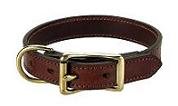 English Bridle Leather Dog Collars
English Bridle Leather Dog Collars
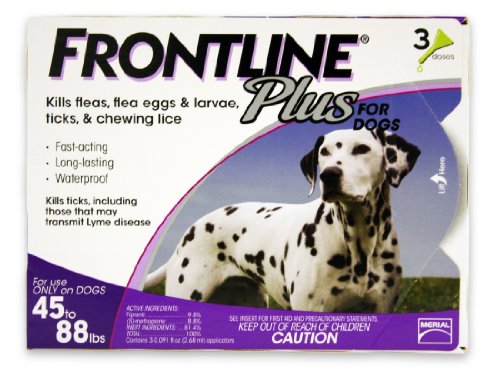 How to Relieve Your Pets Itching and Scratching
How to Relieve Your Pets Itching and Scratching
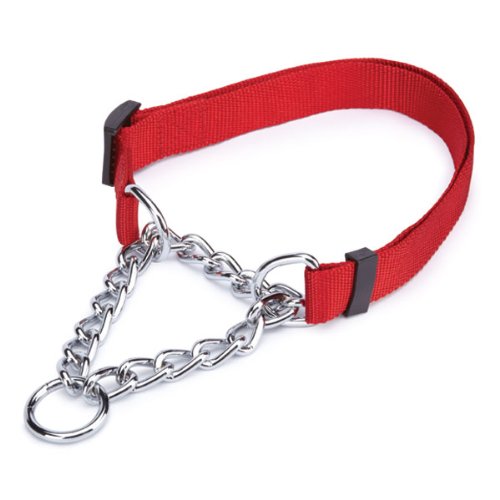 Types of Dog Training Collars
Types of Dog Training Collars
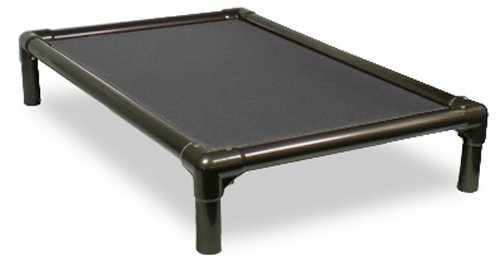 How To Get Rid Of Ticks on Dogs Using Safe and Cheap Alternatives to Frontline Flea and Tick Control
How To Get Rid Of Ticks on Dogs Using Safe and Cheap Alternatives to Frontline Flea and Tick Control
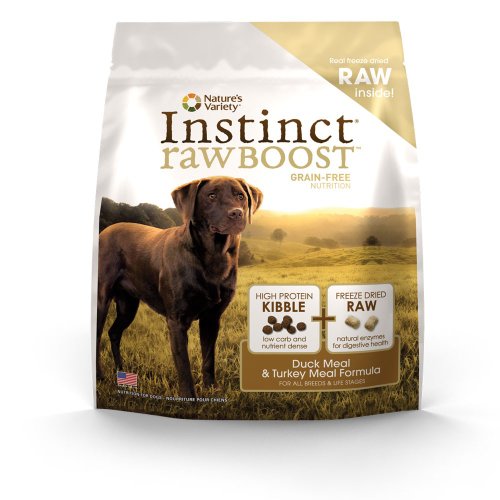 Natures Variety Instinct Raw Dog Food: Best Choice for Your Treasured Pet
Natures Variety Instinct Raw Dog Food: Best Choice for Your Treasured Pet
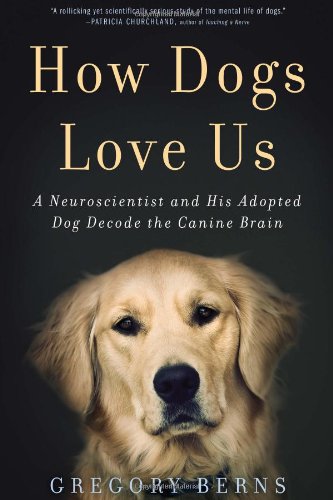 Some Popular Breeds of Dog in the United States
Some Popular Breeds of Dog in the United States
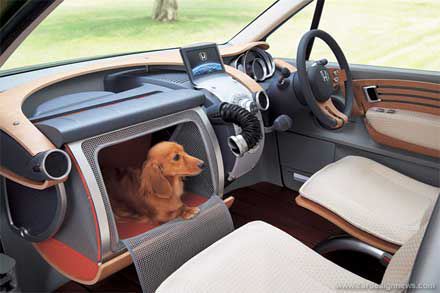 Traveling Dogs - How to travel with your dog
Traveling Dogs
Some dogs make wonderful travel companion
Traveling Dogs - How to travel with your dog
Traveling Dogs
Some dogs make wonderful travel companion
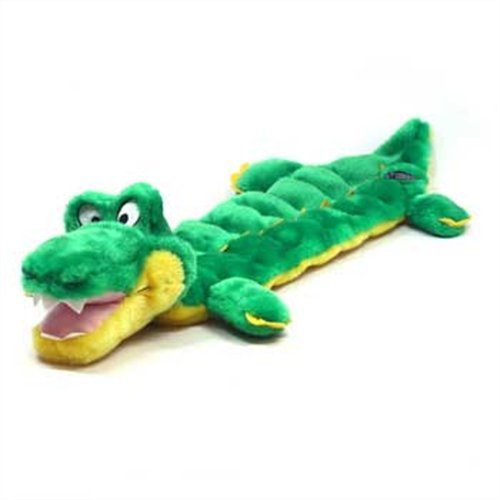 The Five Laws of Choosing Toys for Blind Dogs
Finding good toys for blind
The Five Laws of Choosing Toys for Blind Dogs
Finding good toys for blind
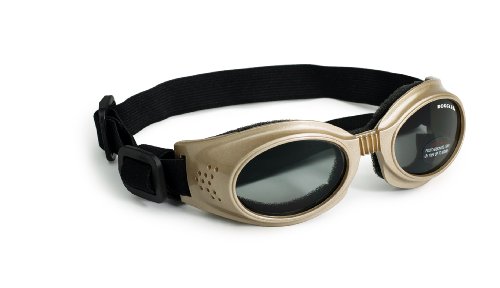 Preventing Traumatic Corneal Ulcers in Dogs
It’s no secret.
Preventing Traumatic Corneal Ulcers in Dogs
It’s no secret.
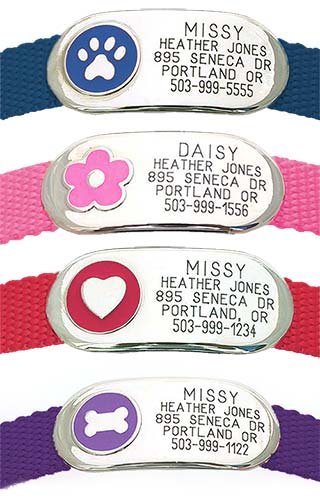 Name Tags for Dog Collars
For most people, our dogs ar
Name Tags for Dog Collars
For most people, our dogs ar
 Choosing a Dog Breed
Choosing a Dog Breed
Choosing a Dog Breed
Choosing a Dog Breed